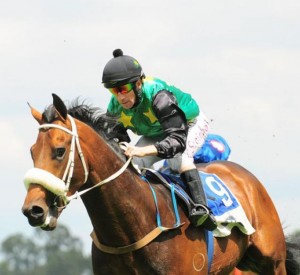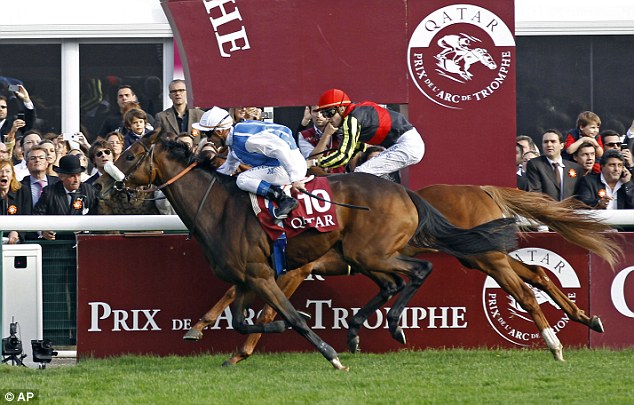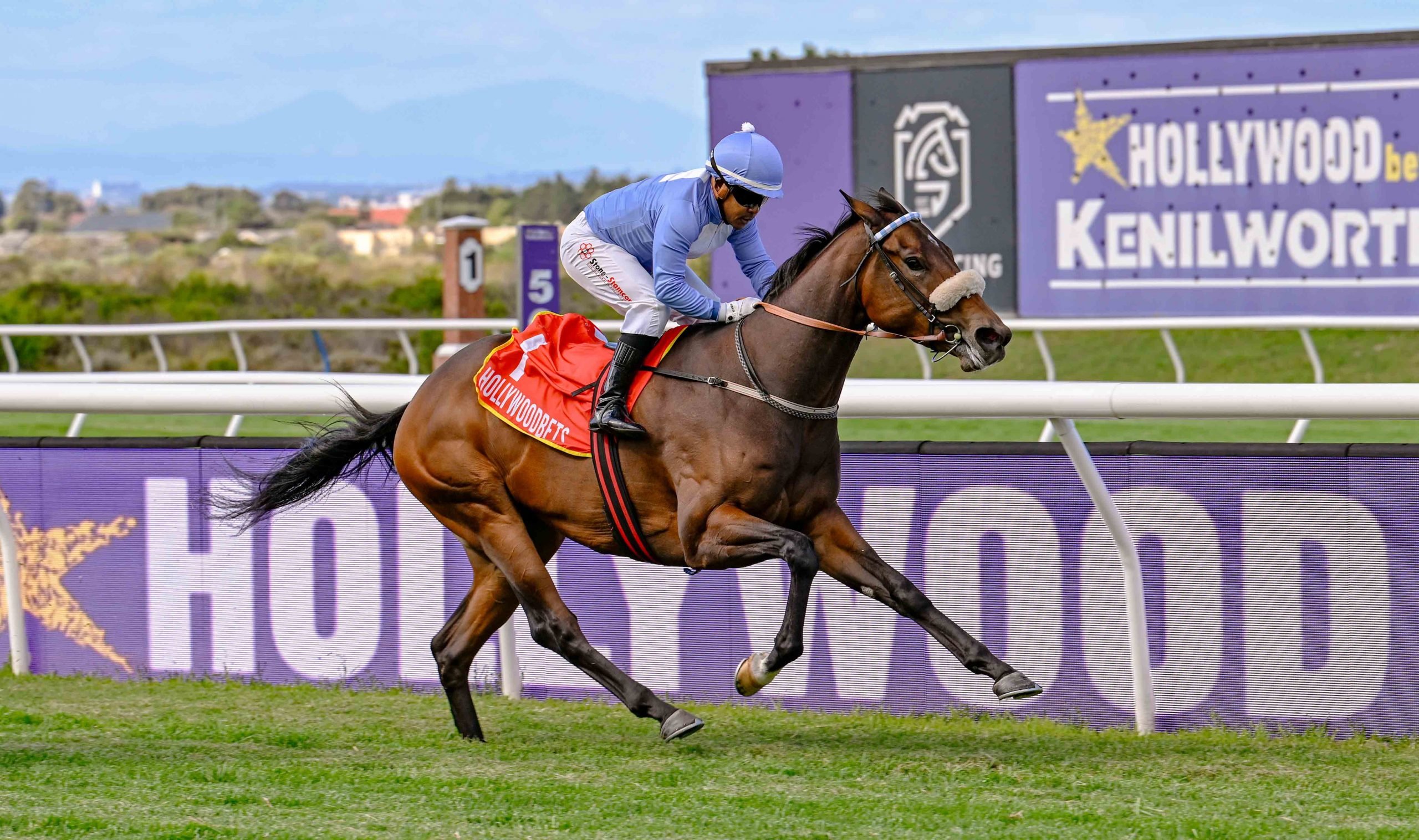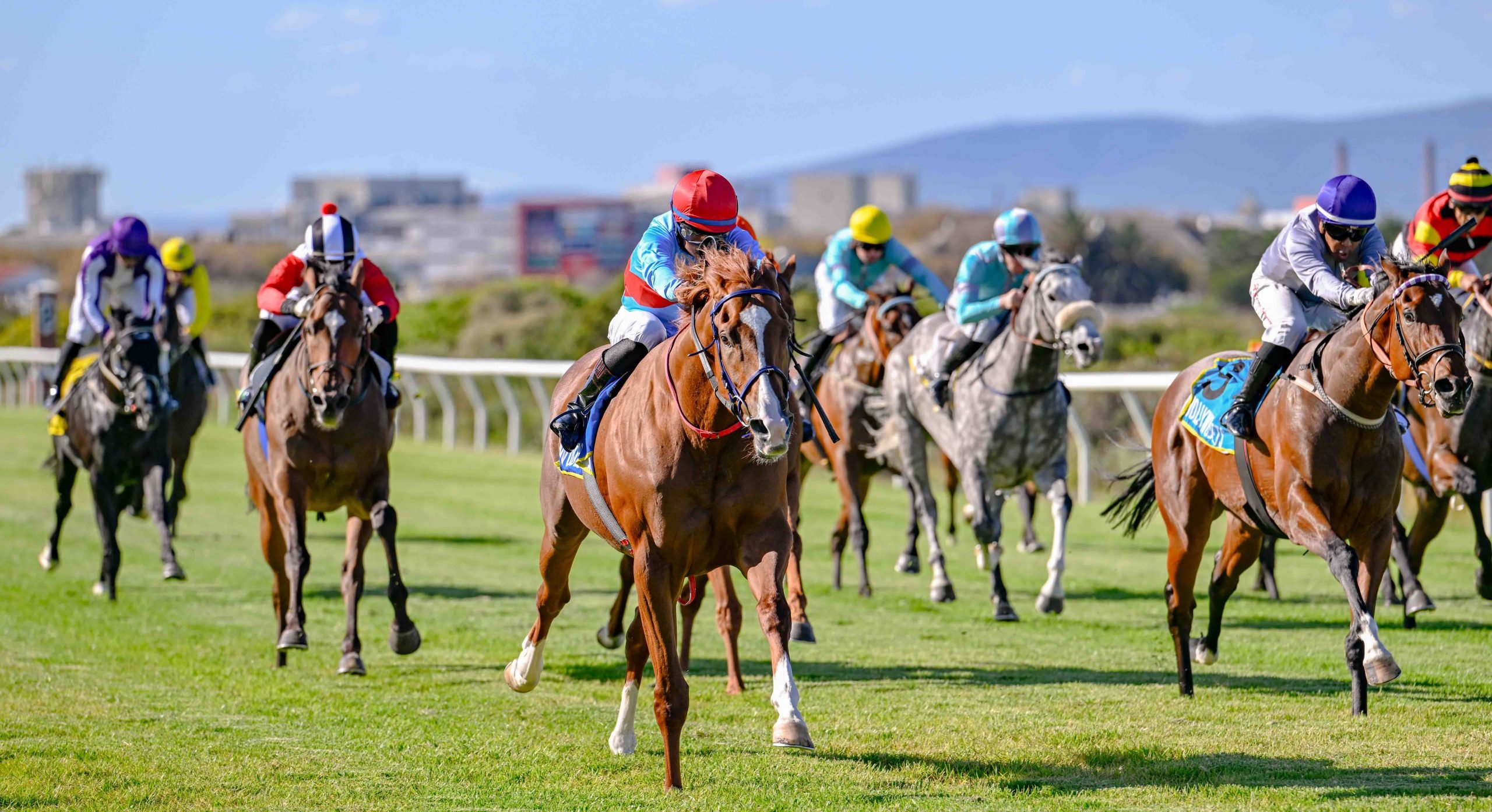Does size count?
Over the years, there have been many theories regarding the height of successful racehorses. From the idea that good big un will always beat a good little un, to the idea that smaller horses don’t train, there have been numerous examples which seem to disprove these theories.
From the tiny Hyperion to the Phar Lap (who stood over 17 hands), great racehorses have long been found in all shapes and sizes. The great US mare Zenyatta stood a towering 17.2 hands, while the great sire Lyphard stood just 15.2 hands high. Another top US sire, who has had a phenomenal influence on the modern breed through his daughters, was the 15.1 hands Rahy. (Ironically Rahy’s half-brother, Rakeen, sired the gigantic South African champion racehorse and sire, Jet Master).
The great US filly Dark Mirage (Persian Road II) stood just 15.1 hands – but still managed to earn a place in the US Racing Hall of Fame for her racing exploits. She won two legs of the US Triple Crown for fillies by a combined 18 22 lengths!
Northern Dancer, who has strong claims to being the sire of the 21st century, stood less than 15.2 hands high, and left behind too many top-class, small descendants to name.
Ironically, it was Northern Dancer’s small size which ensured he went unsold as a yearling! And his greatest son, on the track, Nijinsky II, by comparison, stood 16.3 hands.
It is also worth remembering that Mill Reef and Hyperion (two of history’s greatest racehorses and stallions) stood at 15.2 and 15.1 ½ hands high respectively. Between they won two English Derbies and a G1 Prix de’l Arc de Triomphe, and headed the UK general sires list a combined eight times.
The thoroughbred’s height has increased slowly over the centuries. When the breed first came into being the average thoroughbred stood 13.3 hands – pony sized literally. A century later in 1876, the average height was 15.3 – and Blue Gown, winner of the Epsom Derby, is reputed to have stood under 15.2 – while Triple Crown winner Rock Sand (broodmare sire of the great, and good sized, Man O’War), is alleged to have been a horse 15.3 high.
The racehorse of today can range in height from 15 to 18 hands.
Leading Cape breeder, Veronica Foulkes, has bred good horses of all sizes, ranging from the diminutive champion Mother Russia (Windrush) to the good sized Bravura (Silvano). She believes that size does not really play a part, but feels that an excess, either small or large, is not ideal.
Glen Kotzen, one of the Cape’s top trainers, agrees. Glen feels the size of the heart counts more than the horse’s physical height – citing his champion, Big City Life (Casey Tibbs) as being a big, imposing horse – whereas his champion filly, Lady Windermere (Western Winter), was a small filly. Both horses were leaders of their generation, and official Equus Champions.
The larger the horse, the more prone they are to lameness and various legs problems. They also tend to take more time to mature.
While Phar Lap (Night Raid) is a great example of a large horse needing time to mature, his size did not get in the way of his illustrious racing career – which lasted 51 starts and ended only after his untimely and mysterious death in America.
However, another large champion gelding, Forego, suffered chronic leg problems during his career. He made 57 starts during his career – and raced until he was eight. But Forego (Forli) was skilfully nursed through his career by four different trainers.
On the other hand, smaller horses are at an obvious disadvantage with a shorter stride, and often lack the scope to improve of a slighter larger animal. There have been numerous speedy 2yos, of small stature, who have failed to progress and mature as they got older.
Clearly, there have simply been too many top-class racehorses, and sires, smaller than average – for size to be an overruling factor in determining racing ability.
However, this seems unlikely to change the current commercial trend of buyers preferring large to little in the sales ring.
.
Great Start For Ball

Curved Ball (Aus) by Fastnet Rock – Curvaceous (Zabeel)
The blue blooded young stallion, Curved Ball, has made a great start to his stud career. Warwick and Karin Render of Bush Hill Stud report that the horse has settled in to his new life exceptionally well, and is really enjoying his new job!
He is a very fertile young stallion, and the Renders are ecstatic at the amount of support that their new horse has received. Trainers and breeders alike have supported Curved Ball to the hilt – which is no surprise considering what he has to offer.
One of the leaders of his generation at three, Curved Ball won the G2 Dingaans – a race won by such South African racing legends as Horse Chestnut, London News and Politician, while other top-class performers to win the Dingaans include Badger’s Coast, Flight Alert and Surveyor.
He is the only son of the sensational sire Fastnet Rock at stud in South Africa. Champion sire last season in Australia, Fastnet Rock, a son of Danehill, stands for a fee of $220,000 – and is the most expensive stallion in Australia.
In 2011/2012, Fastnet Rock was represented by 16 individual stakes winners, who earned over $12 million. His stakes winners included four G1 winners of ten G1 races.
Fastnet Rock is already a very sought after young sire of sires in Australia.
Curved Ball, himself a big, strong horse with plenty of quality, is out of a mare by the great sire and broodmare sire, Zabeel.
Himself a half-brother to two stakes winners, Curved Ball is from the same family of champion sire and Golden Slipper winner, Marscay.
.
Arc Facts

Solemia takes Orfevre in the Arc
Solemia’s success in Sunday’s G1 Prix de l’Arc de Triomphe provided her sire, Poliglote, with his first top level winner in the Northern Hemisphere. He had previously sired three Argentinian G1 winners. To date, Poliglote has sired 30 stakes winners, and the earners of over $40 million.
Solemia is one of numerous G1 winners bred on the famous Sadler’s Wells/Shirley Heights cross. Other notables bred on these lines include classic winners High Chaparral (Epsom Derby), Milan (St Leger), Treasure Beach (Irish Derby) and Alexandrova (Oaks). The reverse cross has produced classic winners Conduit (St Leger) and Reliable Man (French Derby). The same Sadler’s Wells/Shirley Heights “nick” produced 2012 Prix de’l Opera winner, Ridasiyna (Motivator).
The 4yo filly was sent off at odds of 42-1 – making her one of the longer priced recent winners – but some way shorter than the race’s greatest long shot (119-1 Star Appeal in 1975).
She continued the great run enjoyed by females in the world’s leading races. Solemia joins the likes of Zenyatta, Black Caviar, Goldikova, Moonlight Cloud, Danedream, Havre de Grace and Rachel Alexandra to conquer top-class males in major recent races.
The second successive female to win the Arc, following Danedream in 2011. Last year, fillies filled the first three places in the Arc. There have been 17 female winners of the Arc de Triomphe.
Solemia was one of five fillies in the 2012 Arc.
Her grandsire Sadler’s Wells sired two Arc winners (Carnegie, Montjeu), and is the damsire of two others (Sakhee, Workforce). He has had two sons sire Arc winners – Montjeu sired 2005 Arc hero, Hurricane Run.
Third home in the Arc, Masterstroke, is a grandson of two Arc winners – Lammtarra and Urban Sea.
Solemia is the first since Sagamix (1998) to win her maiden G1 race in the Arc.
Fillies featured prominently on Sunday’s Arc card. They ran 1-4 in the Arc de Triomphe, and Molly Malone beat the males in the G1 Prix Du Cadran. Another of the fairer sex, What A Name, ran second in the G1 Prix Jean Lac Lagardere against some of Europe’s best 2yo males.








